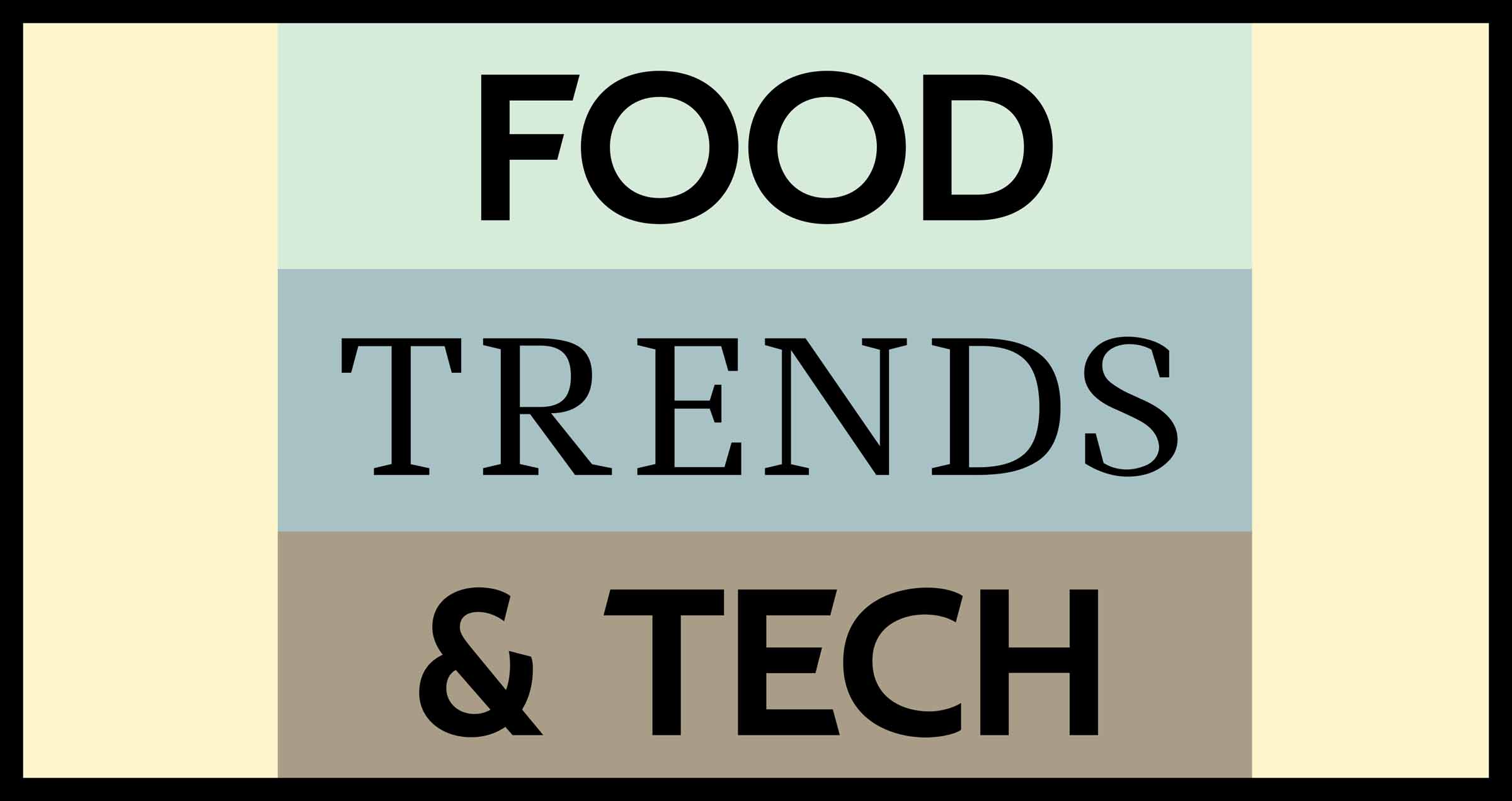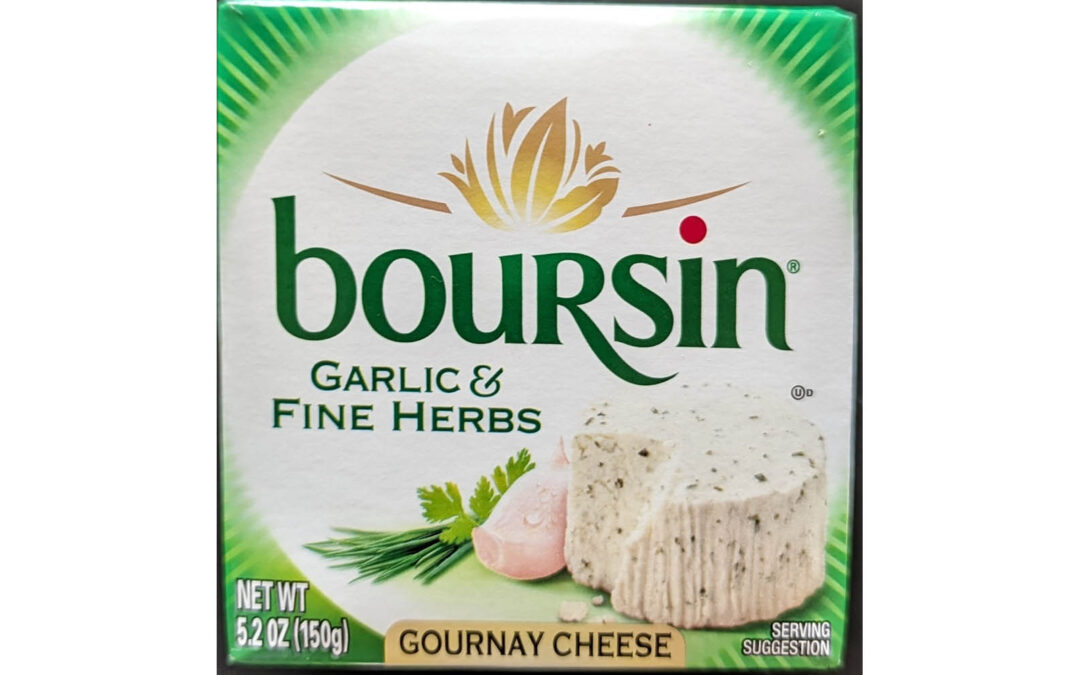Formulating nutritionally equivalent non-dairy cheese analogs is challenging due to the structural and functional differences between dairy proteins like casein and plant-based starches. Traditional dairy cheese relies on a proteinaceous structure with casein’s unique stretching properties. In contrast, non-dairy cheeses often use starch-based matrices that struggle with protein integration, texture, and melting characteristics. In one example, combining hydroxy-propylated potato starch with coconut oil helped replicate some dairy cheese qualities. However, achieving similar nutritional value and texture in plant-based cheese remains complex. The following article was first published on GlobalFoodForums.com
Formulating Nutritionally Equivalent Non-Dairy Cheese Analogs
Cows can turn food waste into the highest quality protein available on the planet, but global food conglomerates struggle to produce non-dairy cheese analogs with the nutrition, taste and texture
of dairy cheese. So began Jonathan Gordon, Ph.D., President, Glasgow Growth Partners. His presentation titled “Where’s the Protein? The Challenges of Formulating Non-Dairy Cheese Analogs with Similar Nutrition to Their Dairy Equivalents” was given at the 2022 Protein Trends & Technologies Seminar. He went on to compare dairy- vs. plant-based “cheeses.”
For example, dairy mozzarella is a protein matrix with about 5.7g of protein per ounce, while a typical non-dairy mozzarella is a starch matrix with little to no protein. “Casein is a complex protein molecule
and, after decades of research, we still don’t completely understand it,” said Gordon. In contrast, we understand the structure of soy and plant proteins quite well.
Milk protein is some 80% casein and 20% whey protein. Many plant starches are 80% amylopectin and 20% amylose. Amylose is a wonderfully ordered molecule composed of single glucose units that sterically orients into a spiral that can stack easily. A single fatty acid can be bound to the starch molecule by fitting into the center of the spiral. When non-dairy cheese is made predominantly with starch, for the first four to six days it is “mush.” However, if coconut fat is used, it will somewhat resemble dairy cheese texture over time, said Gordon.
In dairy mozzarella, casein strands are bound and cross-linked by calcium phosphate with interstices of fat and serum, which creates the cheese structure. The analogs will melt into sauce in starch-based cheese, but they don’t have good stretching properties—the amylopectin molecule tangles, which prevents stretch. The challenge is to prevent tangling and end up with a relatively ordered structure.
Hard dairy cheese generally contains 35 to 45% fat, with dairy protein functioning as a good emulsifier. The structure of dairy cheese is proteinaceous, but there is no such structure in non-dairy cheese.
Challenges in Adding Protein
One challenge of adding protein to the starch matrix is the difference in size between large soy protein and smaller starch molecules. Protein molecules won’t fit in the starch structure without causing considerable disruption to its continuity, resulting in a soft, mushy product. It is possible to formulate “hard” cheeses with up to 4g of protein per serving in a traditional starch matrix, using discrete bacterial proteins (high-protein bacterial cells), advised Gordon.
A vegan cheese sandwich is basically a meal of carbohydrates without any protein. Newer analog products that rely on adaptations of artisanal, traditional cheese processing use plant-based milk, such as cashew milk, as the starting material. Even though cashews start with18% protein, the finished non-dairy cheese ends up with only 4g per ounce. When one tries to make cheese in the traditional way from non-milk protein, the result is a less satisfactory level of protein, flavor and texture. And, when vegetable proteins are fermented, they tend to turn brown rather than white.
The “zipper theory” of casein stretch is that casein has an incredible ability to form temporary attachments—like a zipper. This is an inherent quality of casein which does not occur in vegetable protein. Cheese analog manufacturers now use varying combinations of hydroxy-propylated potato starch and native starch to approximate the melt and stretch of cheese. Gordon noted that the fat level, moisture level and pH determine the melt properties of dairy cheese. In plant-based cheese, combining modified starches and coconut oil produces a waxy mouthfeel and stretch. One can work with various ratios of starches to approach cheese texture. However, vegetable protein can’t form intermittent sliding attachments. In the case of tofu manufacturing, you can create a beautiful protein structure. However, tofu does not melt at all, he added.
Milk Matters
It is difficult to reproduce the flavor components of milk as well. Cows’ milk contains at least 25 proteins and 400 discrete fatty acids. Adding some citric acid makes it possible to stimulate the diacetyl pathway and obtain some buttery flavor notes. Flavors that resemble blue or Camembert cheese are produced if one adds a mold.
To create desirable flavor in analog cheese, you must add vegan flavors from flavor houses. By culturing non-dairy milk, you can get certain cheese flavors, such as Cheddar notes. However, you can’t
replicate the immense complexity of real cheese. The flavors you get when you culture vegetable proteins tend toward brown flavors, likeumami and miso.
Nutritionally, we can use soy protein or blend pea and other proteins to achieve a good PDCAAS. Minerals also play an essential part in cheese flavor. Adding phosphates and potassium can improve flavor.
“Rather than trying to emulate dairy cheese, is it better to create something entirely new?” Gordon rhetorically asked the audience. If we use our intuition; combine the right amount of starch, protein, minerals and fat; and achieve flavor through artisanal fermentation, we can produce something that flexitarians will eat.
Caption for photo of Boursin cheese: Adding protein to the starch matrix of typical non-dairy, “hard” cheese typically results in soft end-products, admirably marketed as pub cheese or queso. Non-dairy cheeses with a small amount of added protein have proven suitable for soft cheeses and spreads, said Jonathan Gordon, Glasgow Growth Partners.

